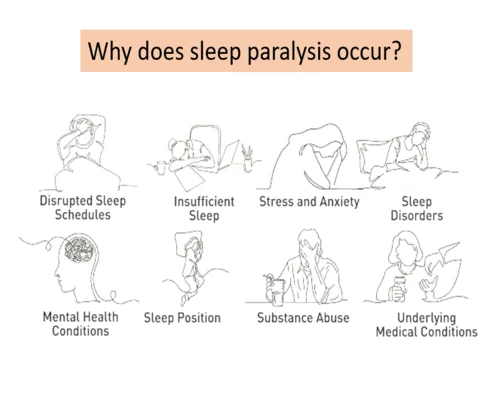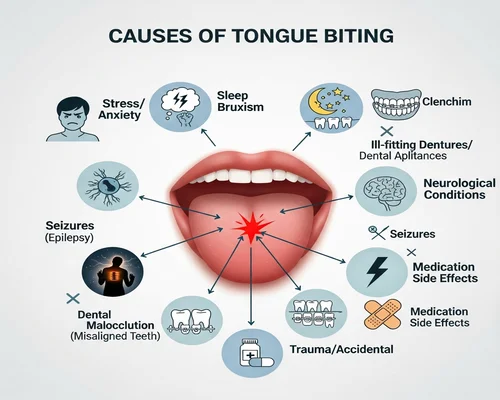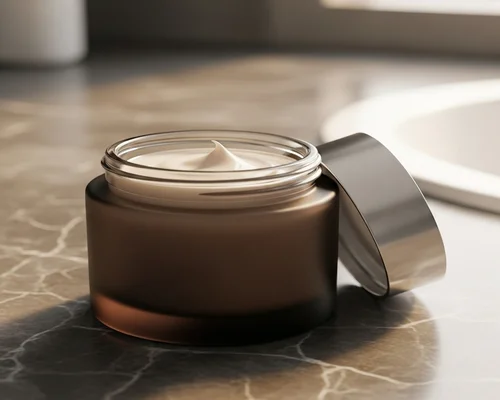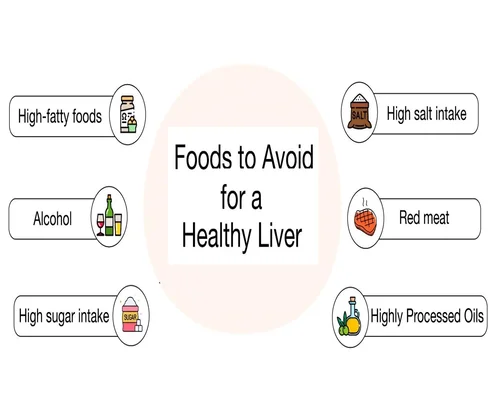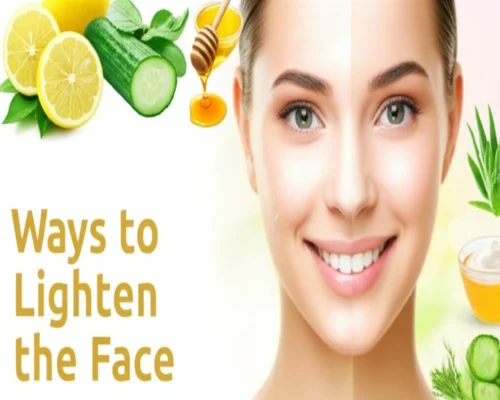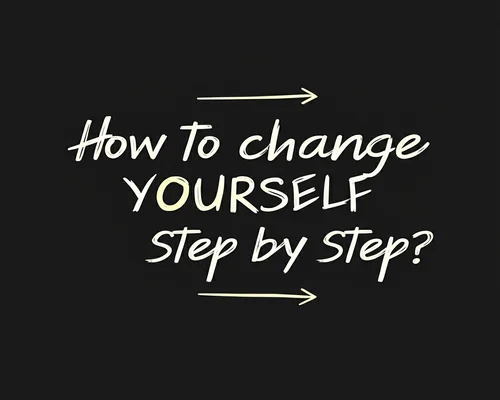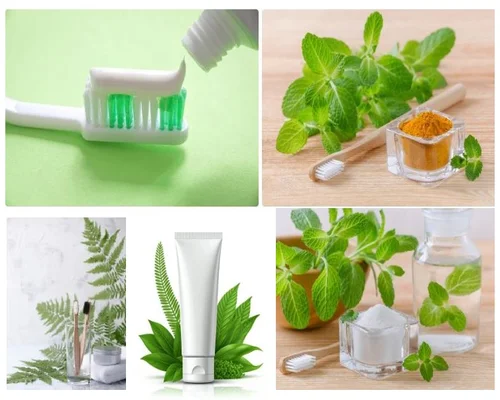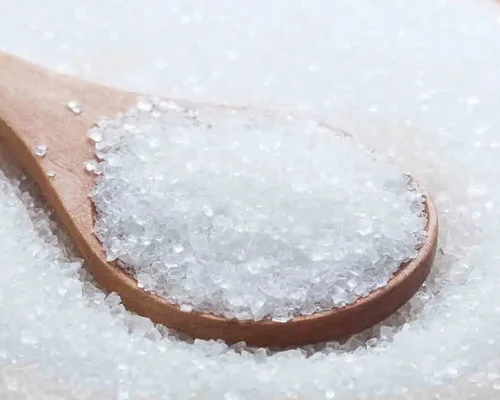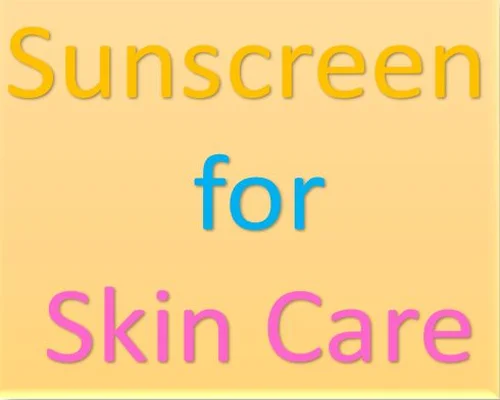
How to use Sunscreen in Skin Care
Sunscreen for skin care
The use of sunscreen is very important in skin protection. Since the skin itself is unable to protect itself from the harmful effects of sunlight - it is necessary to take artificial mechanisms to protect it. However, it is believed that the use of clothing throughout the body can protect the skin from sun damage.
But that is not correct. Because it is summer in many countries of the world, you can feel comfortable by wearing less clothes at this time. Although there are many types of sunscreen on the market - how do we choose sunscreen to protect our skin? Sunscreen is available in lotions, creams, ointments or gels.
What is sunscreen? Many people do not know exactly what sunscreen is. Sunscreen is a cosmetic product that protects the skin from the harmful effects of the sun ultraviolet rays when applied to the skin. So sunscreen is made with substances that either absorb or reflect the rays before the sun ultraviolet rays reach the epidermis, the outer covering of the skin. The main function of sunscreen is to reduce the risk of skin damage if the user is exposed to sunlight. The substances used in sunscreen prevent sunlight from entering the skin and protect the skin from damage. Sunscreen can be physical or chemical.
Physical sunscreen: These create an opaque coating on the area where they are used. They contain zinc cream, calamine and titanium oxide. Due to the opaque and dense texture of the skin, the ultraviolet rays are reflected and spread in different directions before hitting the skin. All these physical sunscreens are termed as Total Block. Because the opaque physical sunscreen creates a hard coating on the skin, the sun ultraviolet rays! Both A and B prevent skin penetration.
The downside of this is that the hard coating on the skin that results from the use of this sunscreen does not allow sweat to come out easily. This will cause discomfort and hot feeling in the place used. For this reason, they are usually used in small areas of the body such as lips, ears and nose. However, if there is no discomfort, it can be applied anywhere on the body. You may have noticed that cricketers in cold countries use this type of sunscreen on their nose, ears and lips to protect themselves from the harmful effects of sunlight while playing in hot countries. These are used in some sunscreens so that white color is not seen on the skin. Many sunscreen companies also produce pigments, which can be used as a foundation or powder and also protect the skin from sunlight.
Makeup and dusting work in a sense but also sunscreen. The ray will depend on the concentration of use. Using a handful of mud plaster on sun-affected shoulders or legs can protect the skin from further damage and can also bring a feeling of well-being.
Chemical Sunscreen: Most of these sunscreens use one or more water soluble or oil soluble chemicals. These chemicals absorb ultraviolet or ultraviolet rays and reduce the intensity of sunlight. They cannot reflect and scatter rays like physical sunscreens. That is why this type of sunscreen is more desirable and tasteful as a decoration.
There are two main chemical sunscreen groups. PABA (para amino benzoic acid) and cinnamate derivatives. Although salicylate group sunscreens also exist, they are not very popular.
Many sunscreen creams contain SPF-6, SPF-12, SPF-25 etc. Ordinary users, however, are not aware of this. SPF actually refers to the sun protection factor. This means that a person can increase the level of position by exposing the skin to the effects of sunburn by exposure to sunlight, as indicated by the number of this written SPF. Let is make it clearer, suppose a person stays in the sun for 12 minutes and gets sunburned on the exposed part of his body for the first time and uses sunscreen SPF for 10 times his time i.e. 120 minutes in the sun without any sunburn. After 120 minutes he may realize. Other numbers can be explained in the same way. Sunscreen oil solutions, creams, lotions, milk etc. and waterless sticks, gels, foams etc. are available in different forms. However, there is no specific additional benefit for the variety. So SPF-15 is worth more than this kind of sunscreen selection. Users will notice when using sunscreen what sunscreen looks like when used. Easy to use method, whether the skin feels comfortable or good feeling etc. Buy sunscreen only after reading the ingredients written on the label of sunscreen. Men or women in our country will use sunscreen SPF-15 or higher.
How to use: Always remember to use sunscreen on clean and dry skin. Use on wet skin or sweaty skin will not get the desired results in skin protection. Secondly apply equal amount of sunscreen on the skin. Do not apply more or less in this way. Sweat and water all the time prevent the formation of sunscreen coating on the skin. So always wash and dry the place well before applying sunscreen. Especially if there is sweat in the body. Sunscreens that have water insulation written on them should be applied half an hour before using water. Otherwise it will be washed. Of course, it is best to re-apply after swimming and bathing.
The last rule is how thick the sunscreen is applied. The effectiveness of sunscreen depends. The thicker the application, the more protection the skin will have. Use sunscreen more and more frequently. Although there is no conclusive evidence, sunscreen should not be used by children under three years of age.
-------
Tags: sunscreen, how to apply sunscreen, how to use sunscreen, how to, best sunscreen, how to use sunscreen stick, how to apply sunscreen in hindi, sunscreen in winters, how to put on sunscreen, expired sunscreen use, sunscreen in summers, use sunscreen daily, how to put sunscreen on face, how to apply sunscreen on face, how to apply sunscreen lotion, sunscreen best to worst, how much sunscreen to apply, how to apply sunscreen with makeup, what is spf in sunscreen




